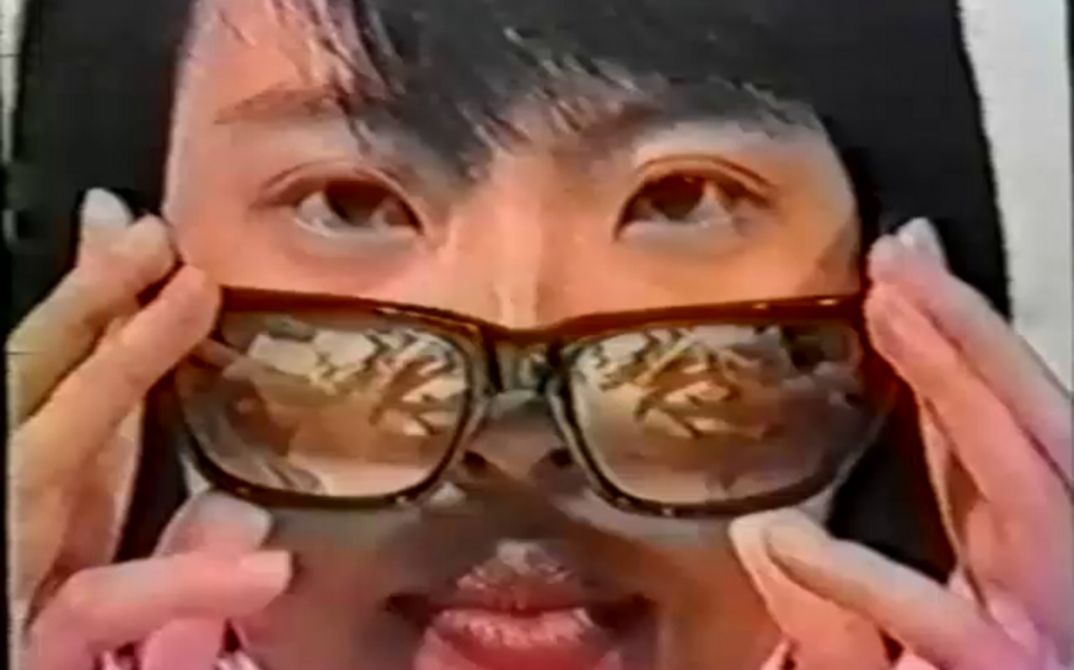Three independent archives from Guangzhou, Beijing, and Hong Kong
Although the traditional institution of the archive continues to exist, new hybrid forms of archive have emerged that function both within and beyond the digital realm, building community, often outside of official state institutional structures. Three of the most influential independently founded and run archive initiatives in the field of art from Guangzhou, Beijing and Hong Kong, namely Videotage, Asia Art Archive, and Video Bureau. For many years they have helped shape the cultural landscape in their region by pursuing long-term community engagement while at the same time generating far-reaching networks of knowledge production and exchange.
In November, we are presenting in collaboration with Times Art Center Berlin a selection of time-based works in our virtual cinema arsenal 3 that offers some partial insights into the art movements of Asia to which these initiatives have been broadly committed. Conversations with the people behind the archives about the presented works, their respective institutional focus, their history, and their view of the future will be published on the Archive außer sich website.
Founded in 1986 in Hong Kong, Videotage has evolved from an artist-run collective into a network dedicated to developing the local media arts community. It has organized numerous events and programs since 1986, including exhibitions, festivals, and a residency program. It has continually distributed artworks through its networks and publications and has built up an extensive offline and online video art archive (VMAC) since 2008.
Asia Art Archive was founded in 2000 in Hong Kong to make the multiple recent art histories of the region visible. With offices in Shanghai, New Delhi, and New York, AAA builds tools and communities to collectively expand knowledge through research, residency, and educational programs. The collection comprises a vast range of documentation, including the personal archives of significant artists, educators, and art professionals, as well as of key exhibitions and art spaces.
Video Bureau (Guangzhou and Beijing) opened to the public in 2012. The work of the artist-run project primarily consists of archiving contemporary video art in China and beyond. Their goal is to establish a comprehensive and searchable database for researchers, curators, artists, collectors, students, and others working in and outside of the art world and to present the collected works to an interested community via events, educational programs and publications.
With works by: aaajiao, Choi Yan-chi / Yau Ching / Leung Ping-Kwan, Ray Langenbach / Josef Ng, Lei Lei, Anson Mak, Ellen Pau, Shen Xin, Samson Young, Danny Yung, Zhang Peili.
“Why an archive?” is curated by Ariane Beyn in collaboration with Videotage, Asia Art Archive, Video Bureau, and is part of a public program for the exhibition “Readings From Below” at Times Art Center Berlin (until December 12, 2020).
arsenal 3:
Sandra Schäfer & Moments of Rupture
Space, Militancy, and Film is the subtitle of Sandra Schäfer’s book “Moments of Rupture”. The concepts are also points of reference for her artistic work, which revolves around the production of urban and transregional spaces, history, and image politics. To coincide with the presentation of her book on 12.11., several of her works are showing on arsenal 3.
CONSTRUCTED FUTURES: HARET HREIK (Germany/Austria 2017) Haret Hreik in Beirut is home to the headquarters of the Hezbollah party. In 2006, the Israeli Army bombed the district, but Hezbollah quickly rebuilt it. This reconstruction project is part of an armed conflict and geopolitical structure in which involves architectures for the creation of space, landscape, and memory. MLEETA (Germany 2016) 35 km from Israel and 40 km from Syria, the mountain of Mleeta offered Hezbollah a place to retreat to during the Israeli occupation of southern Lebanon. Today, a “Museum of Resistance” can be found there, a propagandistic reenactment which recreates landscape and military scenarios.
ON THE SET OF1978FF (Germany 2011) The 1978/79 Iranian Revolution led to the fall of the Shah’s regime. Schäfer’s split-screen video explores the questions of why political Islam played such a significant role back then and why the founding of the Islamic Republic was carried by many people of different political convictions. PASSING THE RAINBOW (Germany 2007) The film explores performative strategies which undermine the rigid gender norms in Afghan society. A teacher, who is also an actor, a policewoman who shoots action films in her spare time, and Malek_a, who lives as a boy and supports her entire family as such, all get to have their say. THE MAKING OF A DEMONSTRATION (Germany 2006) The focus is on the restaging of a women’s demonstration against the working ban introduced by the Taliban. The footage was created in 2002 during the shoot for the feature Osama in the streets of Kabul. 1000 women came to act in the scene, with their personal experiences identical to those being depicted.



